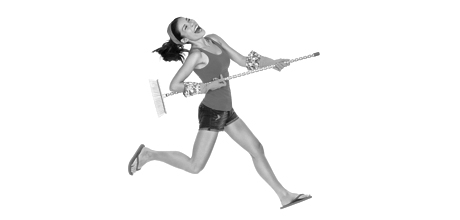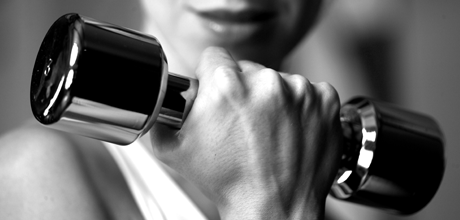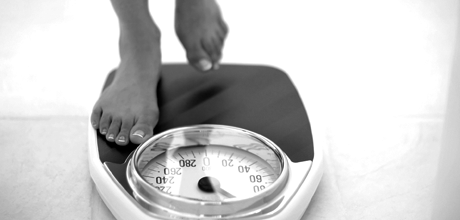
No time for exercise? Try these sneaky tricks to work out with almost no effort at all:
Wash the car
Go on, it needs a good clean, anyway. If you’ve got a van, then you’ll really work up a sweat. Make sure to switch hands when you’re scrubbing to get a good, even workout.
Ditch the trolley
Opt for a shopping basket rather than a trolley if you’re not planning a huge shop, and really work your upper body.
Spring clean in summer
Have a good ‘spring clean’ anytime of the year. Move the furniture, scrub the walls and reach for those cobwebs. It’ll get your heart going, and you’ll be rewarded with sparkling house!
See the sights
How well do you know your local area? Set aside a day with friends to walk around the local sights, as if you were tourists. You may be surprised how many calories you burn in a day spent hurrying around on your feet.
Stairway to fitness
Dragging yourself up the stairs might seem tough at first, but your fitness will step up in no time.
Have a break
Get into the habit of exercising whenever the TV show you’re watching hits an advert break. You can do crunches, run on the spot or even drop down into the plank position.
Trim at your chair
If you work in an office, the chances are your posture will suffer as a result of hours sitting at a desk. Use your upper back, shoulders and abdominal muscles to maintain a good posture.
Fix it
Burn those calories by getting stuck into some DIY around the house. Sanding walls, tiling floors and building cabinets all require serious strength.
Squeeze!
Stuck in traffic yet again? Don’t sit and stress: work your pelvic floor. You can even do it on the bus, as long as you do it discretely!
Green fingers
Cut the grass, get weeding and potting. Heaving a mower around is a great workout for your core, legs and arms – and is a major calorie burner.









